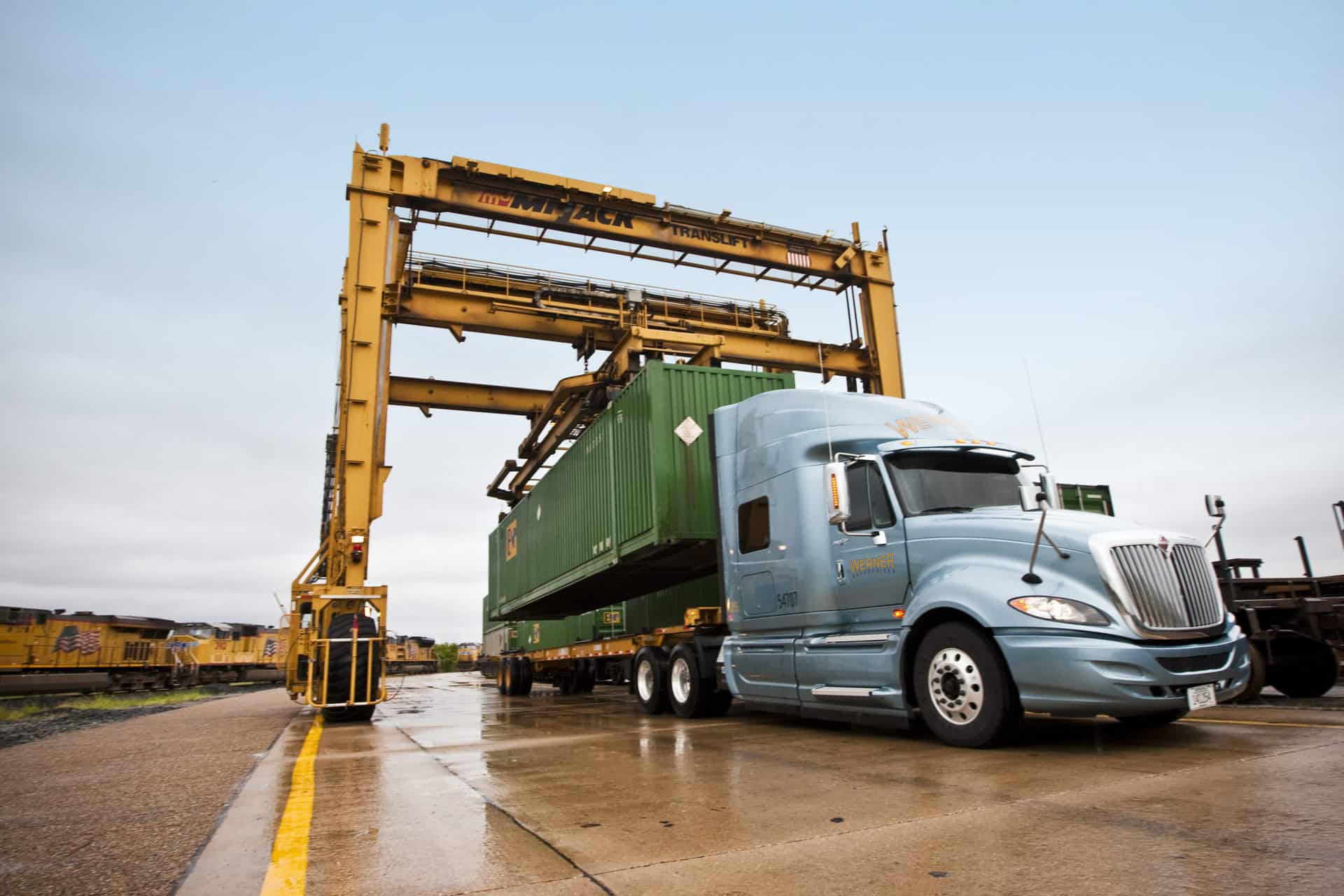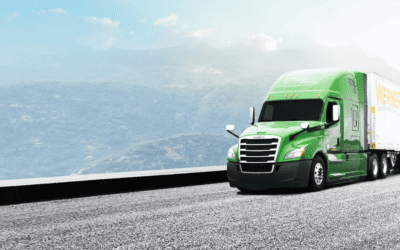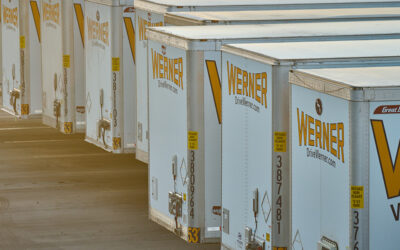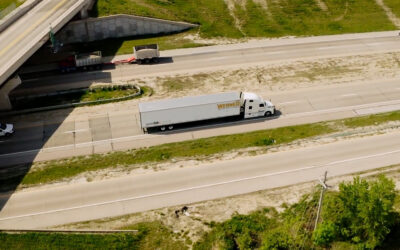 Intermodal is a critical industry solution every shipper should utilize to create capacity and savings in their supply chain. Intermodal, by definition, involves two or more different modes of transportation. In our case, moving containers and trailers by truck and by train. Werner Logistics Associate Vice President of Intermodal, Nate, answered some common questions about the intermodal solution to clarify why shippers benefit from this type of freight transportation.
Intermodal is a critical industry solution every shipper should utilize to create capacity and savings in their supply chain. Intermodal, by definition, involves two or more different modes of transportation. In our case, moving containers and trailers by truck and by train. Werner Logistics Associate Vice President of Intermodal, Nate, answered some common questions about the intermodal solution to clarify why shippers benefit from this type of freight transportation.
Q: In a nutshell, how would you describe the Intermodal solution?
A: Intermodal is a stable solution that allows customers to manage their freight across multiple modes, regardless of capacity balance and weather disruptions. At Werner Intermodal, we offer an asset-backed solution that leverages our strong trucking knowledge, industry-leading technology and diverse customer relationships to provide best-in-class service. Our customers buy intermodal because of the portfolio of services we offer between the United States, Mexico and Canada, including 53’ dry container, trailer or temperature-controlled services.
Q: What types of freight can intermodal move?
A: Werner Intermodal handles freight across several industry verticals, including retail, food and beverage and manufacturing/distribution.
Q: How do I know intermodal is the right choice for a shipment?
A: Typically, the factors that play into choosing the intermodal solution are capacity, cost savings and a reduction in carbon footprint. The average intermodal train can vary between 5,000-10,000 feet long and can fit 200+ containers, which often-times allows railroads to move more shipments at a lower cost basis than over the road (OTR) transportation. Additionally, because of the large number of shipments on one train, shippers will also see a reduction in fuel consumption, reducing carbon footprint. It is also important for shippers to have different capacity offerings within their supply chains. By adding intermodal, they are frequently realizing cost savings, while having an alternative form of capacity in addition to truckload (OTR) transportation.
Q: What are common questions intermodal customers ask?
A: Our team of experts can work with you and answer any questions specific to your situation. These are some commonly asked questions our team receives:
- What is the transit time difference between truck vs. rail?
- How should I secure the load?
- What is the cost difference between intermodal vs. truckload?
- What type of equipment will be used? How much weight can I load on an intermodal shipment?
- What are the solutions for Mexico Intermodal cross-border?
- How will the shipment clear customs to and from Mexico?
- What route will the shipment take for each specific lane?
Q: Explain obstacles that intermodal faces as opposed to OTR providers?
A: The biggest obstacle is often transit time. In some lanes, a truckload solution can provide quicker transit, making intermodal a tougher choice. This can be resolved by working closely with our customer to provide accurate rail transit times, to allow them to change transit time planning or inventory. Then, customers are often motivated to adjust transit because of the cost savings intermodal can provide.
Q: Where does intermodal market to?
A: Our primary markets served include the West Coast, South, Southeast, Midwest and Northeast. We operate with two primary railroads in the West (BNSF & Union Pacific), two in the East (Norfolk Southern and CSX) and one in Florida (FEC). For cross-border intermodal, the US railroads will connect with both Kansas City Southern Mexico and Ferromex, for service in and out of Mexico. We also market with the Canadian railroads, that provide service in and out of Canada (Canadian Pacific and Canadian Northern). This offers our customers multiple service options throughout North America.
Q: What are different equipment types in intermodal?
A: The primary equipment types used for domestic intermodal are 53’ containers, 53’ dry vans and 53’ temperature-controlled trailers. For international intermodal, we can use 20’, 40’ or 45’ ocean containers.
Q: Who can I contact?
A: Our best-in-class intermodal marketing team would be happy to assist you. Please reach out to [email protected] or [email protected] with questions. You can also call 888.475.9327 or visit Werner.com.

 Intermodal is a critical industry solution every shipper should utilize to create capacity and savings in their supply chain. Intermodal, by definition, involves two or more different modes of transportation. In our case, moving containers and trailers by truck and by train. Werner Logistics Associate Vice President of Intermodal, Nate, answered some common questions about the intermodal solution to clarify why shippers benefit from this type of freight transportation.
Intermodal is a critical industry solution every shipper should utilize to create capacity and savings in their supply chain. Intermodal, by definition, involves two or more different modes of transportation. In our case, moving containers and trailers by truck and by train. Werner Logistics Associate Vice President of Intermodal, Nate, answered some common questions about the intermodal solution to clarify why shippers benefit from this type of freight transportation.

